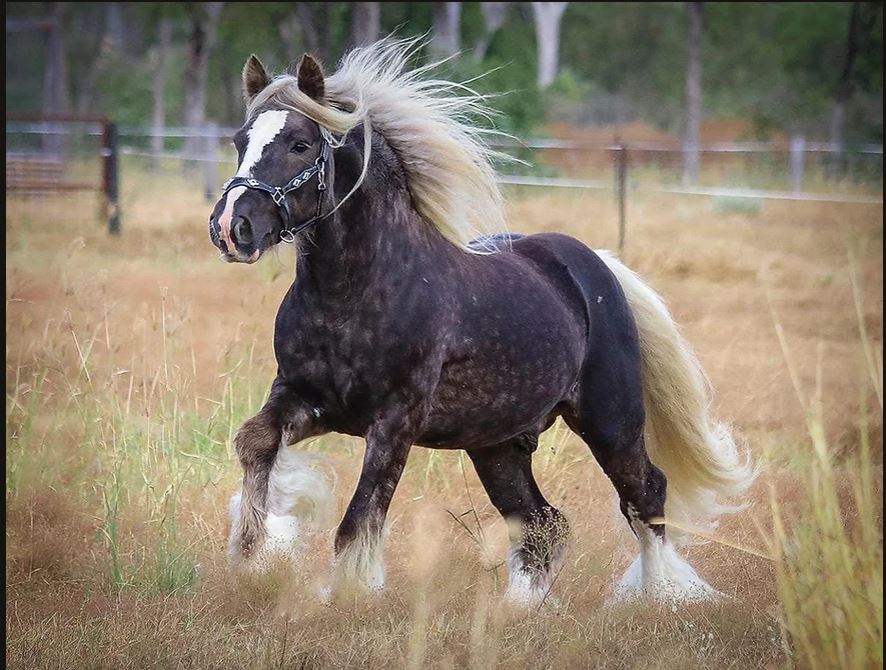September 14th, 2020Glen, About the house
If you put a spoonful of garden soil under a microscope you would find it contains millions of living organisms and particles of minerals that have taken thousands of years to form.
If plants grow well in that soil it could mean that at least 15 elements have been freed in precise amounts to support plant growth.
Soil fertility is complex and because one soil type grows one particular type of plant to perfection, it doesn’t necessarily make it right for other plant families.
Soil is basically made up of two major ingredients: mineral matter, varying from microscopic clay particles to gravel, and humus – the decayed or dead remains of plant or animal life.
Usually, the top 30cm or so of soil contains the innumerable millions of organisms that convert the fundamental ingredients into the fertile, or infertile, blend we know as soil.
To be fertile it must contain sufficient sources and reserves of the most important elements for plant growth especially nitrogen, potassium and phosphorus. But to become useful to plants they must become soluble, dissolving a little at a time into the water in the soil. This is performed primarily by useful soil organisms, each with its own specific duties and all drawing energy from the soil and living in a fiercely competitive world that usually prevents one group monopolising all others.
Another fertility factor is the way in which the soil particles cling together. Where plenty of humus is present, the minute clay particles unite in small nodules that allow ready drainage of surplus water and permit free movement of air. This factor is most important to healthy and strong plant growth and rapid establishment of healthy, young feed roots.
Heavy clay soils usually result in oxygen starvation, reduced solubility of important plant nutrients and subsequent destruction of desirable soil organisms. Under these conditions unwanted organisms soon get the upper hand, causing the plants to become weakened and diseased.
On the other hand, open sandy soil consists solely of large granules. Without this the soil suffers from water loss and the leeching of plant foods down and away from hungry and parched root systems. Obviously a suitably high organic content is important for any soil type, so make sure your garden soil is well stocked by regular mulching with an organic mulch material. Flower and vegetable beds should be well-worked between plantings with well-rotted organic compost or animal manure.
Poor soil can be made to produce good crops of perennials, flowers and vegetables by the careful use of manures and fertilisers. On most soils nutrients must be used for each succeeding crop if fertility is to be kept up, but it often takes several seasons to bring the ground to top condition.
Animal manures of all types are most useful in providing not only nutrients for the current crop but a surplus for future ones as well. One of the features of animal and other organic manures is that the nutrients remain available to the plants over a long period and so can keep them growing throughout the whole time the crop is in the ground. Often, however, animal manures may not be as well balanced as could be desired, being rich in nitrogen for producing strong leaf growth, but low in phosphate so necessary for producing strong root systems.
Better results are usually obtained from a mix of animal manures and fertilisers. Fertilisers usually provide their nutrients immediately, so where they are to be used together, the animal manure is best dug in several weeks before planting. That is except in the case of slow-release fertilisers, which do not burn the plants, and can be worked into the soil around the hole where the new plant is to go. Fertilisers should generally be applied after planting when the plants have had sufficient to time become established.
Got a gardening question? Ask Glen. Email glenzgarden@gmail.com









